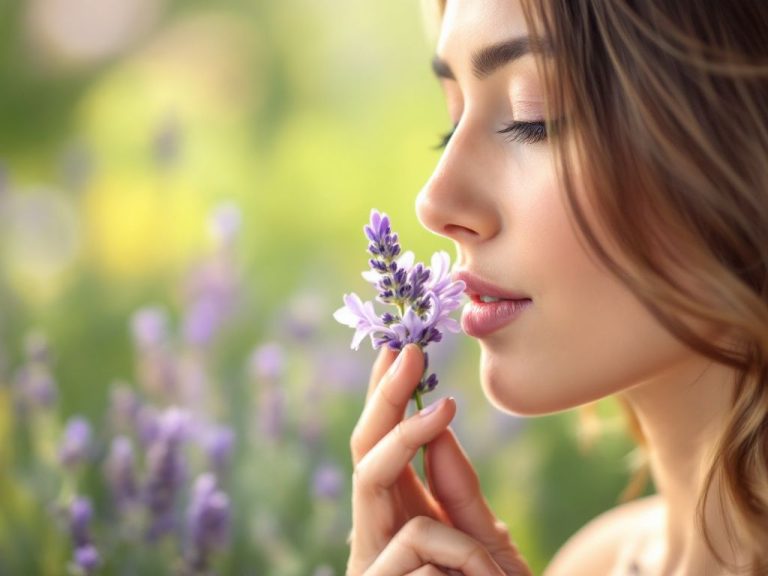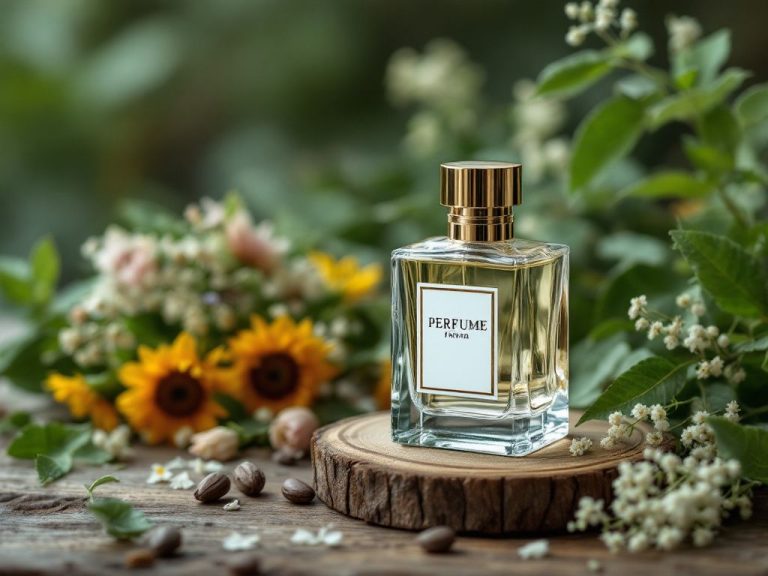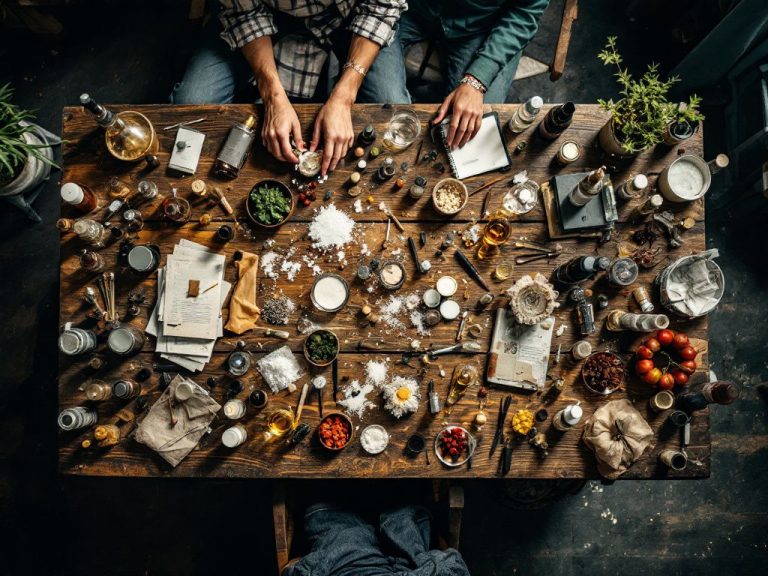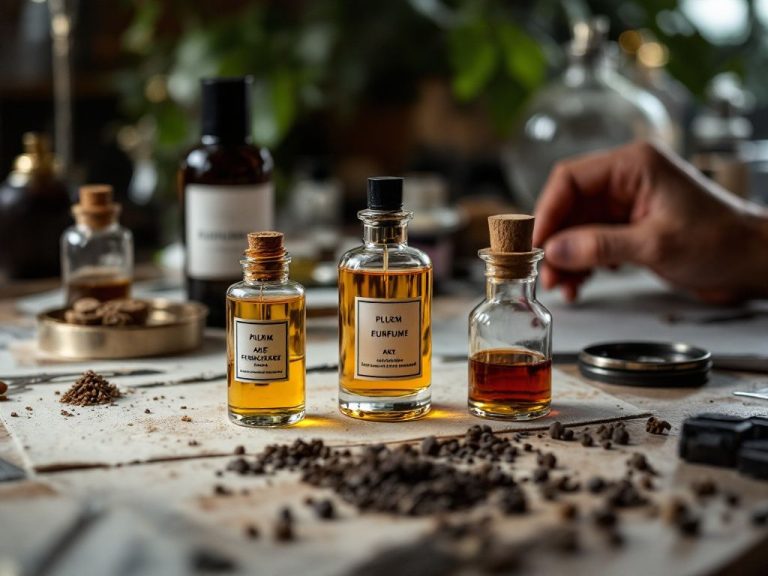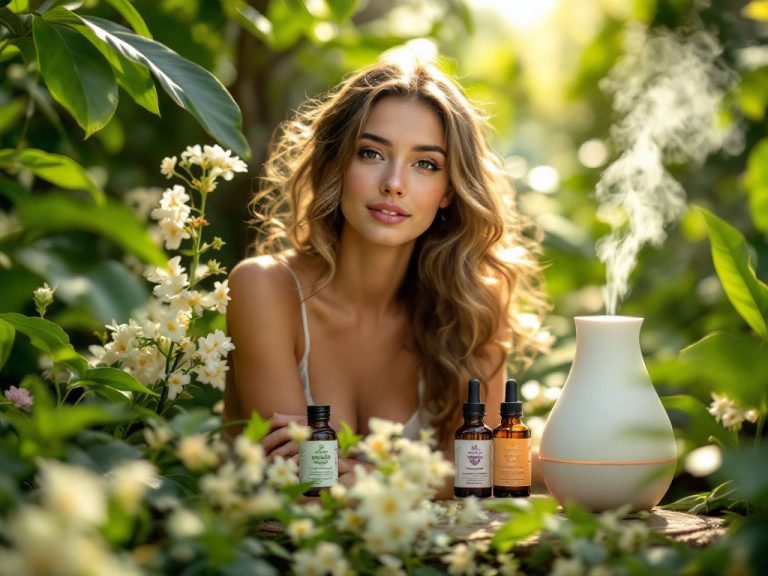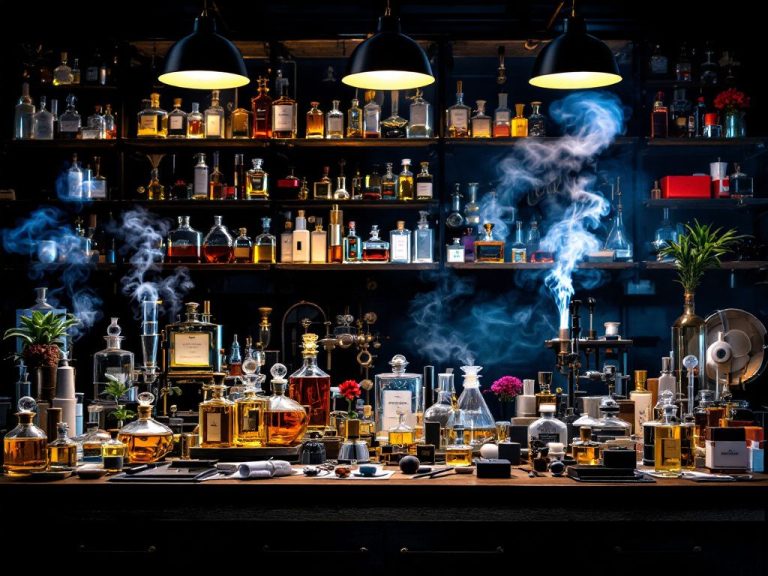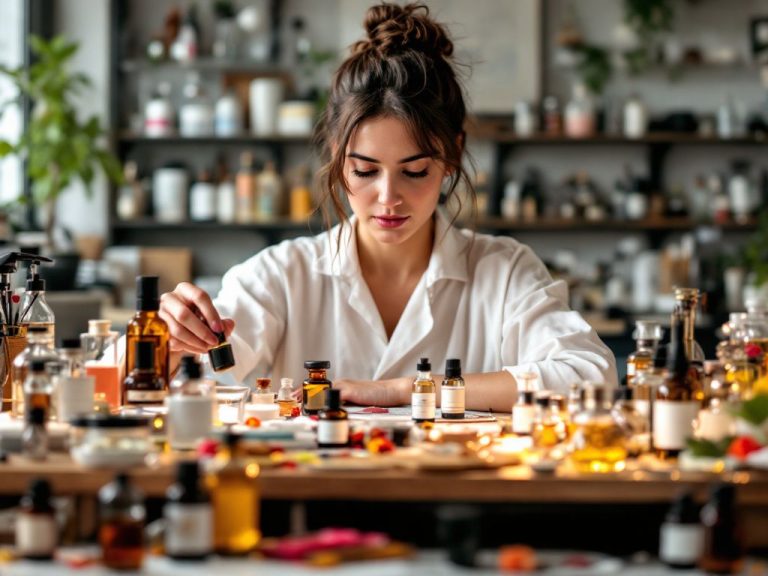
Perfume Making Formula: Expert Guide
Mastering a perfume making formula allows for endless creativity and personalization in creating that perfect scent. With a combination of oils and alcohol, perfumes are composed of top notes, middle notes, and base notes. The key to creating a well-rounded fragrance is balancing these notes, and a tried-and-true format is 30% essential oils and 70% alcohol.

